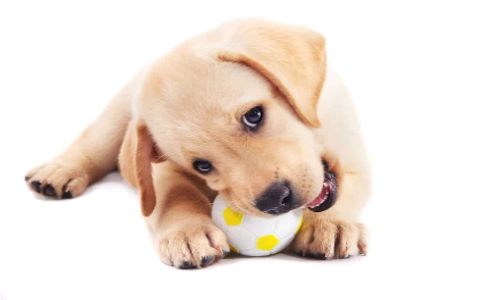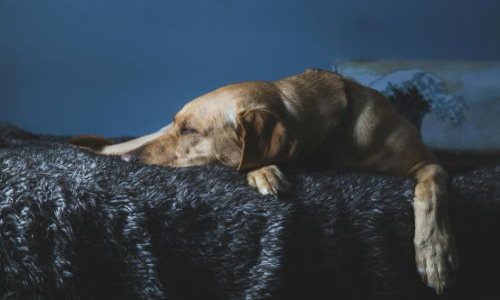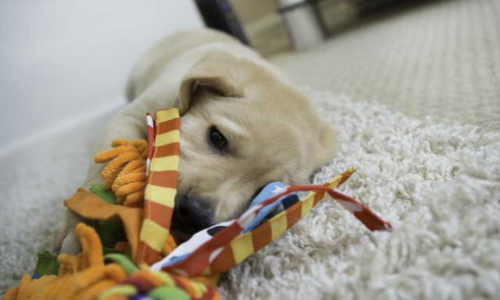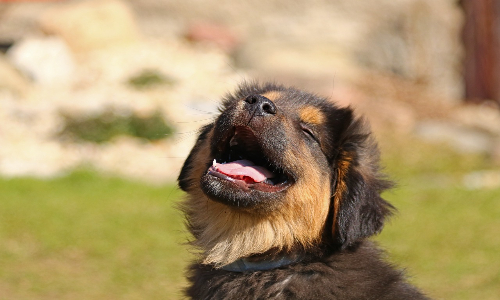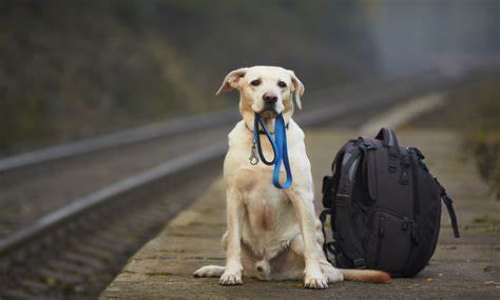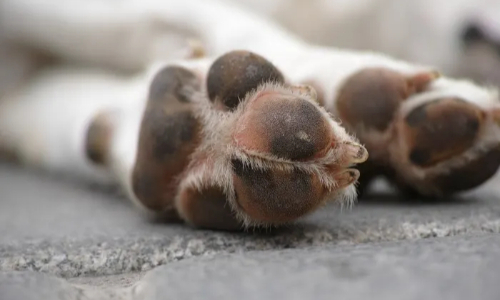Companion Corner: Creating Exceptional Partnerships
Discover a wealth of expert advice and guidance to enhance your relationship with your dog. Our Companion Corner is a dedicated resource hub where handlers can find valuable insights on canine behaviour, health, and wellbeing, all tailored to the unique needs of you and your dog. Drawing from our extensive experience in training and placing assistance dogs, we offer practical tips and in-depth information.
Whether you're a new handler or have years of experience, our expert advice aims to support you in developing a rewarding and effective partnership with your dog.
Remember, for specific concerns about your dog's behaviour or wellbeing, always consult your veterinarian, who can recommend a qualified animal behaviourist if needed. Explore our carefully curated articles, guides, and resources to unlock the full potential of your canine companion and enjoy a harmonious life together.
